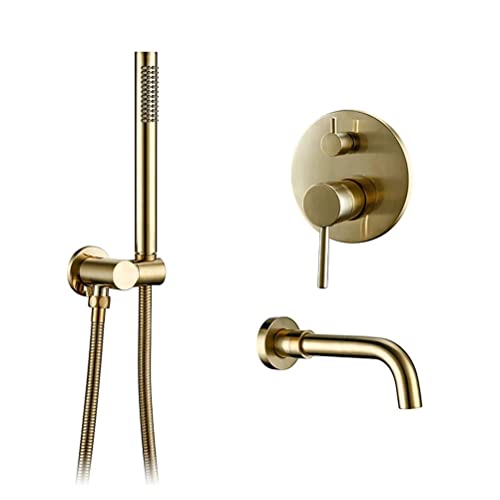Geo
Well-known member
i have a couple dozen oscilloscope test fixtures to scrap. after accidentally breaking one of the CRT's from a scope, i could see the internal make up. it was porcelain with a gold coating on the inside.
there were some that was silvered, and when tested, showed positive for silver. but then, i found three with a dull grey metal coating. testing with gold and silver test solution showed no reaction, but one drop of Pt test solution showed an almost immediate response.
so to be sure, i added another small drop on a spot that i had cleaned well.
so, is this metal platinum?

there were some that was silvered, and when tested, showed positive for silver. but then, i found three with a dull grey metal coating. testing with gold and silver test solution showed no reaction, but one drop of Pt test solution showed an almost immediate response.

so to be sure, i added another small drop on a spot that i had cleaned well.

so, is this metal platinum?






























































